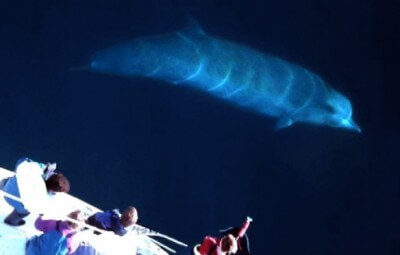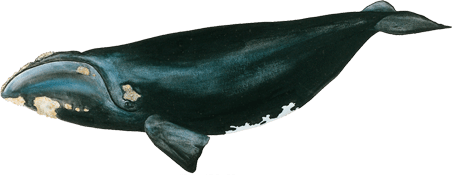In the St. Lawrence
Observations of the northern bottlenose whale are extremely rare in the Gulf and the Estuary. Since 1994, less than 10 individuals have been found stranded on the shores of the St. Lawrence.
Migration
The northern bottlenose whale does not seem to have a seasonal north-south migration pattern, even if occasionally complex movements are observed in this species, which stays near the edge of the ice cover. The Scotian Shelf population is a year-round resident, with a high population density in the Sable Gully.
In the world
The northern bottlenose whale is found in cold, deep waters of the North Atlantic (between the 40th and 80th parallels). In the Northwest Atlantic, populations reside off the coasts of Cape Cod, Nova Scotia, and Newfoundland as well as in the Arctic. A small population of northern bottlenose whales, genetically distinct and estimated at some 160 individuals, frequents a zone 200 km off the Nova Scotian coast in the Sable Gully sector, an underwater canyon harbouring a rich diversity of marine species. One third of them live there year round.






